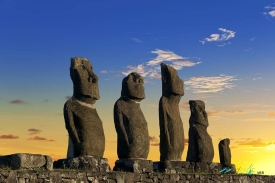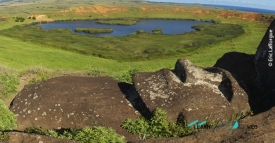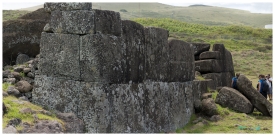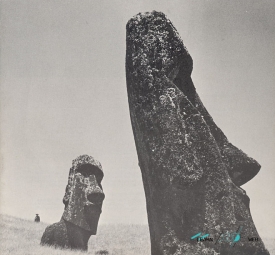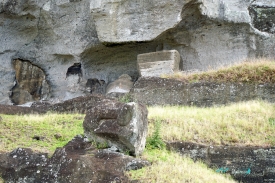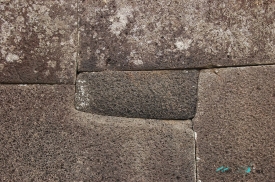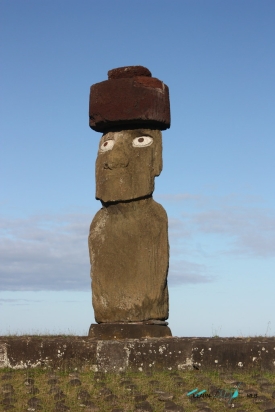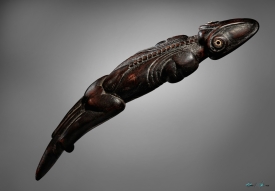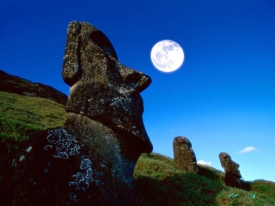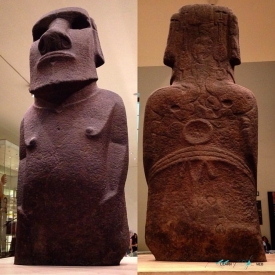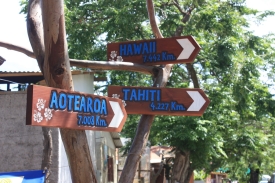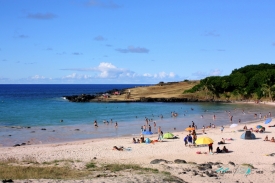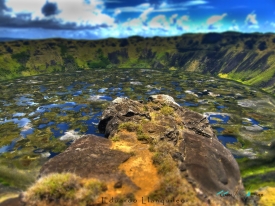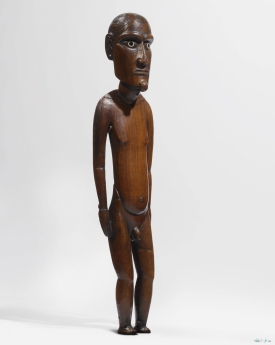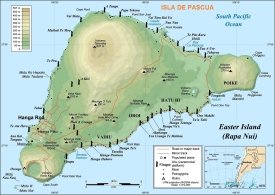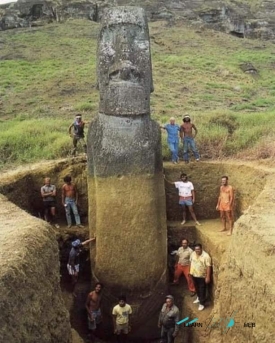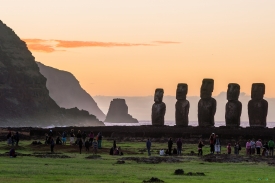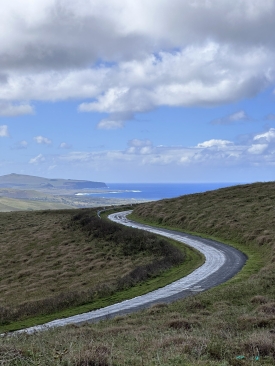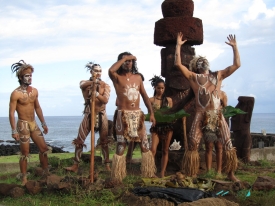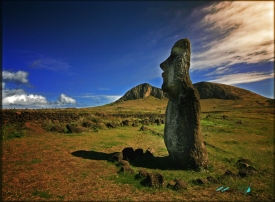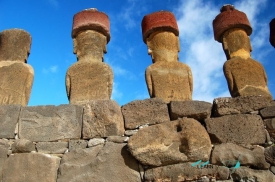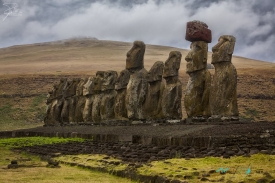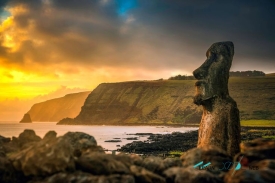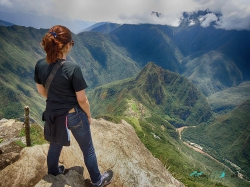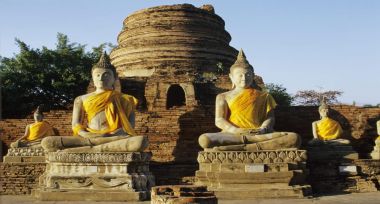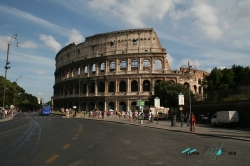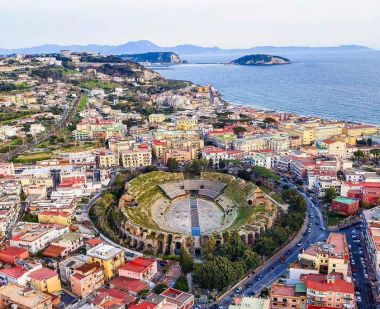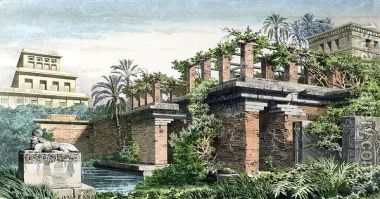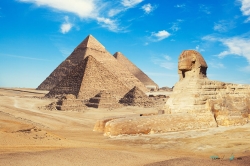ABOUT Rapa Nui National Park
Easter Island, known as Rapa Nui in Polynesian and Isla de Pascua in Spanish, is a remote and captivating island located 2,300 miles west of Chile. This isolated paradise, positioned at the southeastern extremity of the Polynesian Triangle, houses the renowned Rapa Nui National Park, a UNESCO World Heritage Site, which has become synonymous with the colossal stone statues known as "moai."
Rapa Nui National Park is an extraordinary testament to the ingenuity and artistry of the early Rapa Nui people who settled the island. These indigenous inhabitants carved and erected 887 moai statues, each a stunning masterpiece of volcanic rock. These moai statues stand as guardians of a bygone era, providing an awe-inspiring glimpse into a megalithic culture that once thrived on this remote island.
The first people to settle Easter Island arrived sometime between 300 and 1200 CE. They were Polynesians who came from other islands in the Pacific Ocean. The Rapa Nui people, as they are known, built the Moai statues over a period of several centuries. The statues are carved from volcanic rock and can weigh up to 80 tons.
Visitors can explore the island's rugged coastline, meander through volcanic craters, and marvel at freshwater lakes. The park's elevation ranges from sea level to 980 feet, offering a dynamic and breathtaking natural setting.
While the park is not known for its wildlife, it boasts a unique array of species. Visitors may encounter marine turtles, two distinct lizard species, and a small population of terrestrial birds. Of the island's 150 vegetation species, 45 are endemic, adding to its ecological significance.
In October 2022, the park faced a significant challenge when a forest fire swept through, causing "irreparable" damage to wetlands and the moai statues within the archaeological site. Despite this setback, the resilient spirit of the Rapa Nui people continues to drive the conservation efforts within the park.
Rapa Nui National Park remains a living testament to the island's rich history, offering visitors a chance to connect with a megalithic culture that once thrived here. As the indigenous community regains control over their ancestral lands and heritage, the park stands as a beacon of hope for the preservation of Easter Island's unique treasures, ensuring they continue to captivate the world for generations to come.
In recent years, archaeologists have made a number of new discoveries at Rapa Nui National Park. In 2012, archaeologists discovered a new Moai statue that was buried in the sand. In 2018, archaeologists discovered a new ceremonial center that was hidden in the jungle.
In 2023, the Chilean government announced a new plan to protect Rapa Nui National Park. The plan includes measures to address climate change, erosion, and vandalism.
Rapa Nui National Park is an extraordinary testament to the ingenuity and artistry of the early Rapa Nui people who settled the island. These indigenous inhabitants carved and erected 887 moai statues, each a stunning masterpiece of volcanic rock. These moai statues stand as guardians of a bygone era, providing an awe-inspiring glimpse into a megalithic culture that once thrived on this remote island.
A Journey Through Time and Space
The park's triangular shape covers an area of 28 square miles, showcasing not only the moai statues but also the island's diverse landscape.The first people to settle Easter Island arrived sometime between 300 and 1200 CE. They were Polynesians who came from other islands in the Pacific Ocean. The Rapa Nui people, as they are known, built the Moai statues over a period of several centuries. The statues are carved from volcanic rock and can weigh up to 80 tons.
Visitors can explore the island's rugged coastline, meander through volcanic craters, and marvel at freshwater lakes. The park's elevation ranges from sea level to 980 feet, offering a dynamic and breathtaking natural setting.
The Climate and Biodiversity of Easter Island
Easter Island experiences a warm sub-tropical climate, with southeast trade winds from October to April. Annual rainfall averages 49 inches, primarily during the winter season. Temperature varies from a comfortable 66°F in winter to a pleasant 75°F in summer, making it an ideal year-round destination.While the park is not known for its wildlife, it boasts a unique array of species. Visitors may encounter marine turtles, two distinct lizard species, and a small population of terrestrial birds. Of the island's 150 vegetation species, 45 are endemic, adding to its ecological significance.
Preserving the Past and Future
Easter Island's history is marked by its annexation by Chile in 1888, a turning point in the island's trajectory. However, recent developments have seen a return of authority to the indigenous Rapa Nui people. In 2017, ex-President Michelle Bachelet symbolically returned ancestral lands, in the form of the Rapa Nui National Park, to the indigenous community. This historic move marked the first time that revenue generated by the National Park is invested in the island, ensuring the preservation of both cultural and natural heritage.In October 2022, the park faced a significant challenge when a forest fire swept through, causing "irreparable" damage to wetlands and the moai statues within the archaeological site. Despite this setback, the resilient spirit of the Rapa Nui people continues to drive the conservation efforts within the park.
Rapa Nui National Park remains a living testament to the island's rich history, offering visitors a chance to connect with a megalithic culture that once thrived here. As the indigenous community regains control over their ancestral lands and heritage, the park stands as a beacon of hope for the preservation of Easter Island's unique treasures, ensuring they continue to captivate the world for generations to come.
In recent years, archaeologists have made a number of new discoveries at Rapa Nui National Park. In 2012, archaeologists discovered a new Moai statue that was buried in the sand. In 2018, archaeologists discovered a new ceremonial center that was hidden in the jungle.
In 2023, the Chilean government announced a new plan to protect Rapa Nui National Park. The plan includes measures to address climate change, erosion, and vandalism.
The Best Pictures of Rapa Nui National Park
Videos of Rapa Nui National Park













